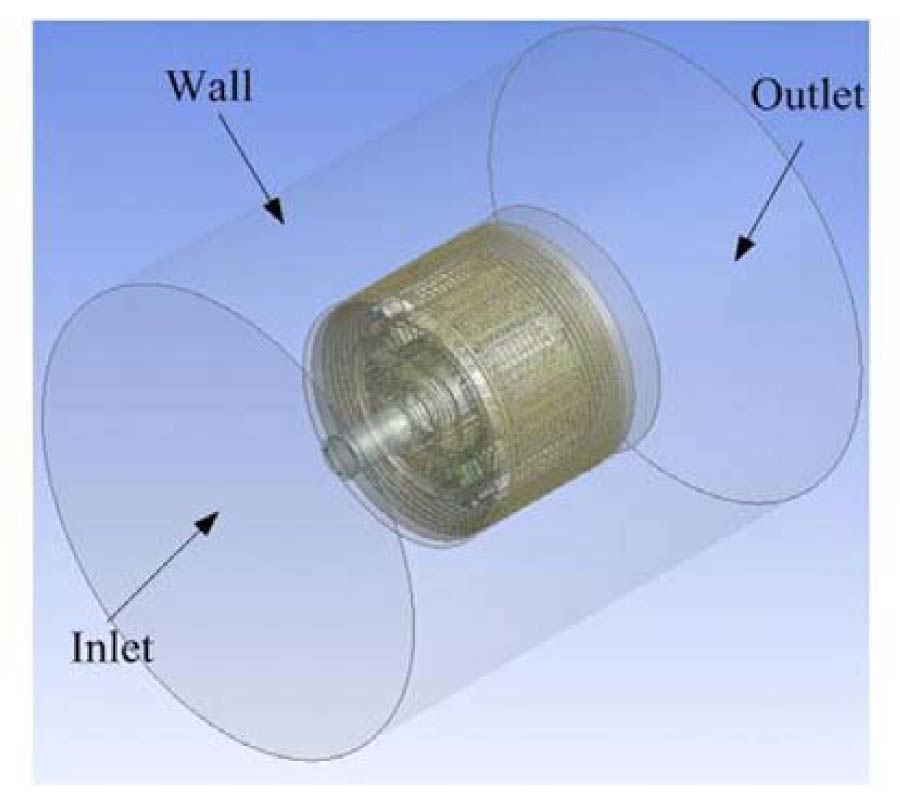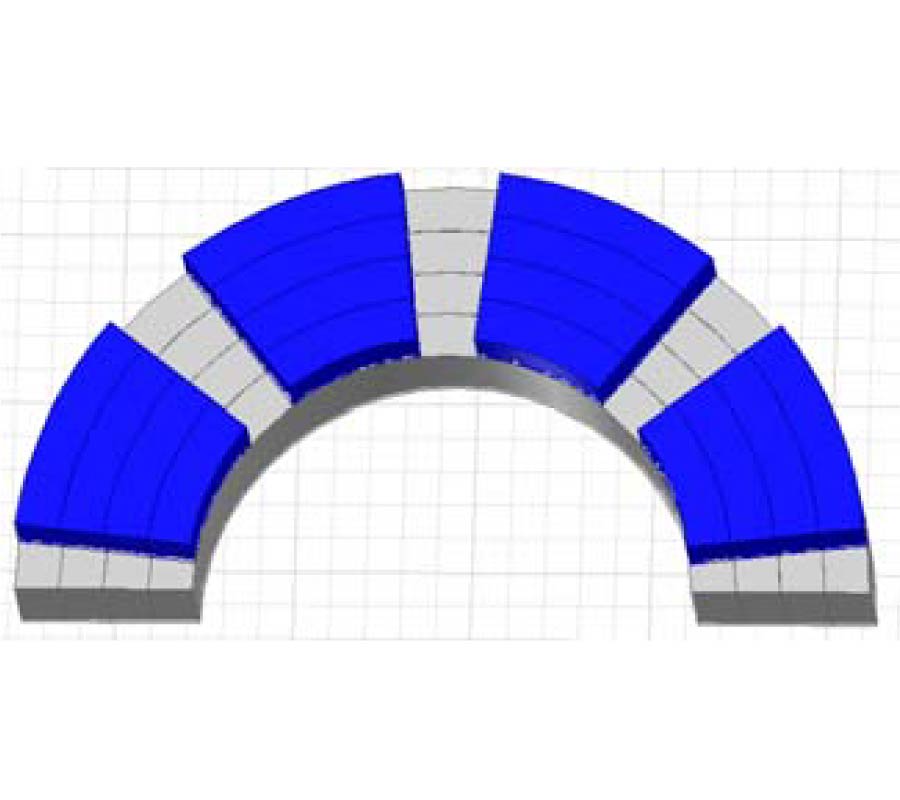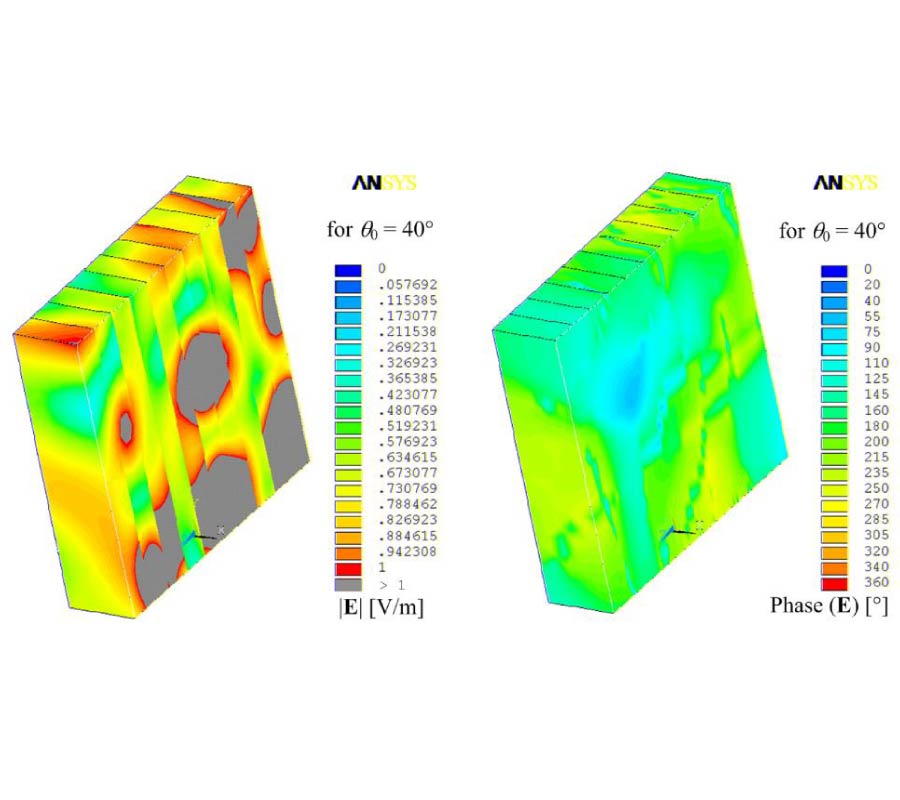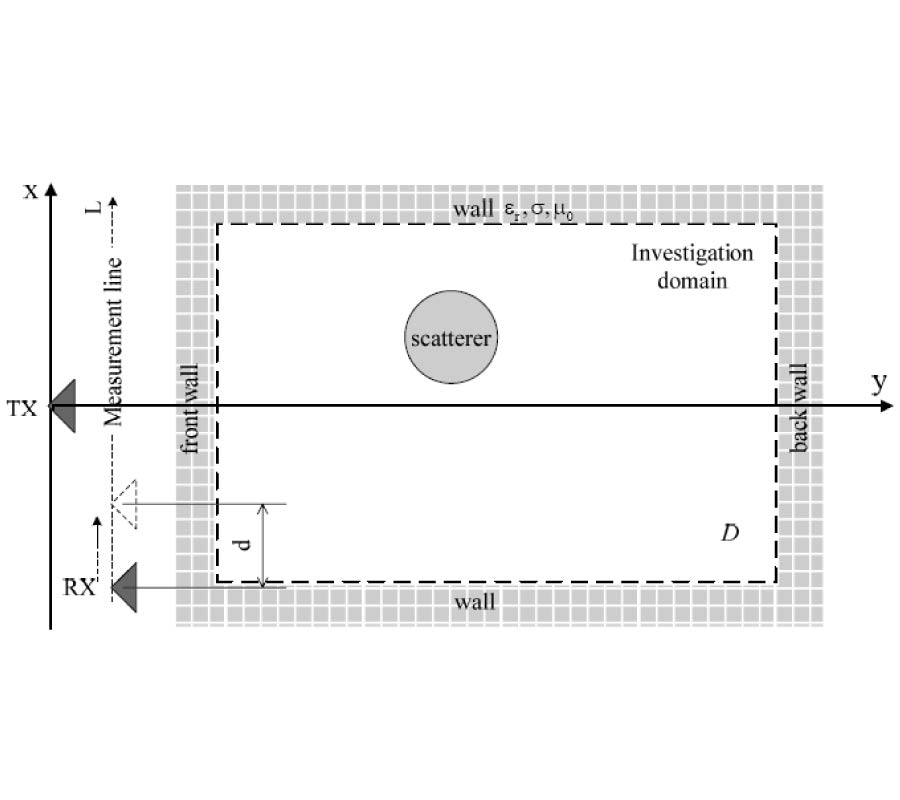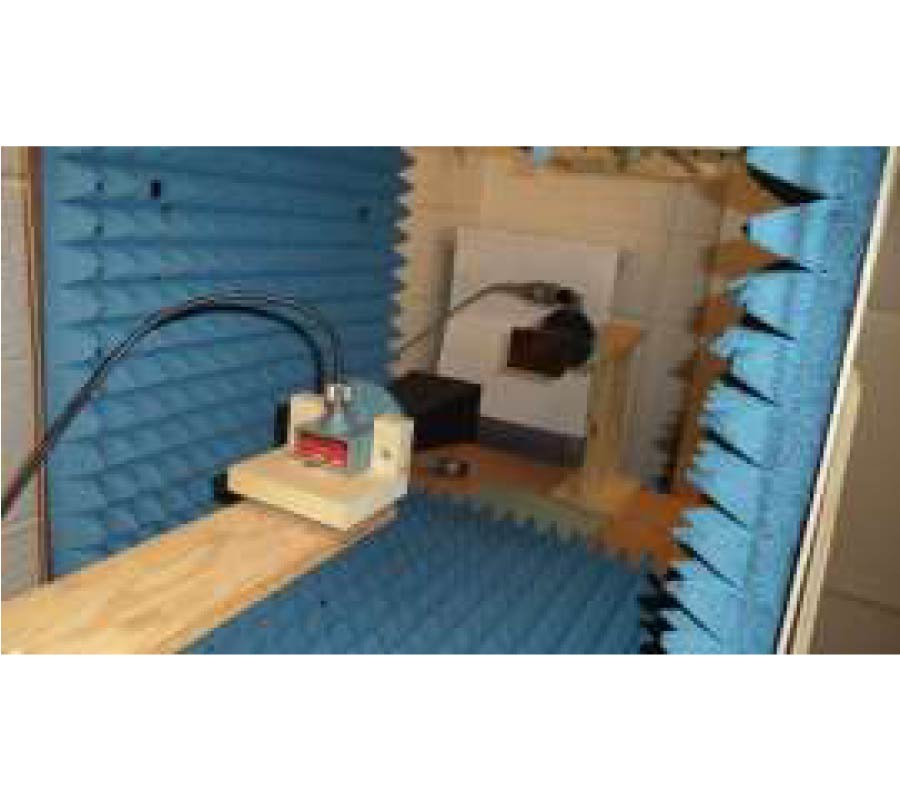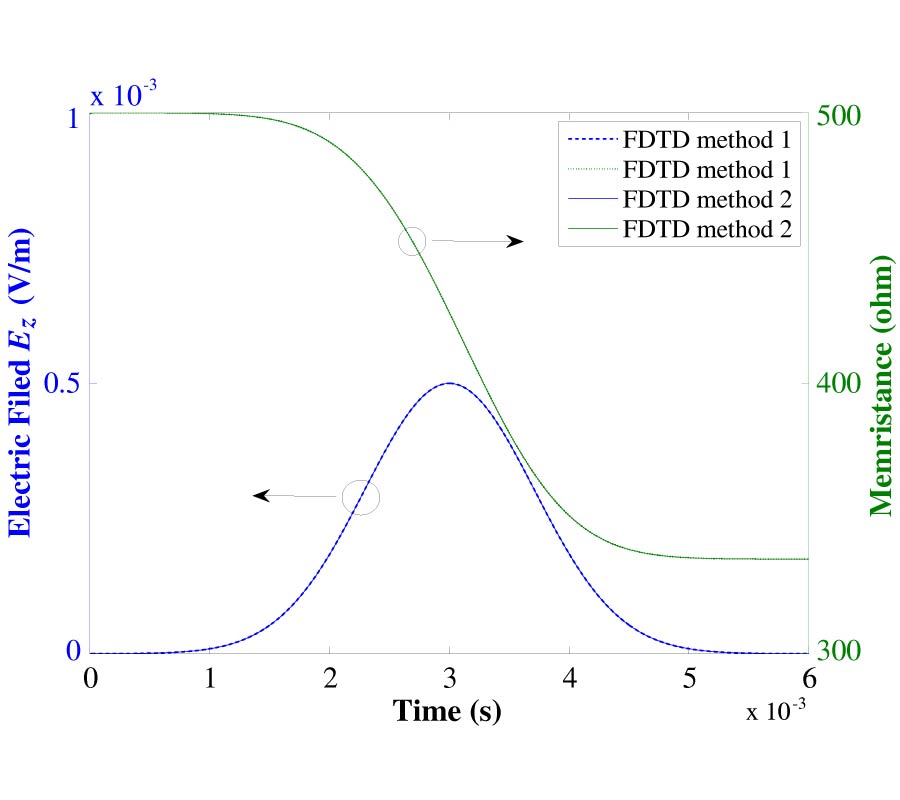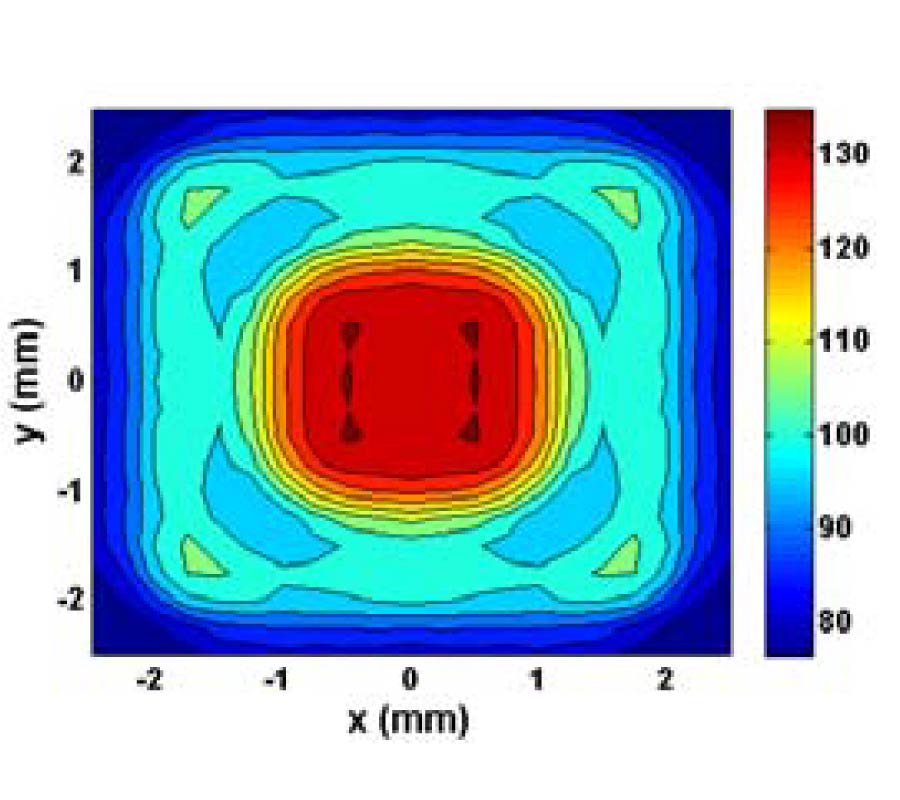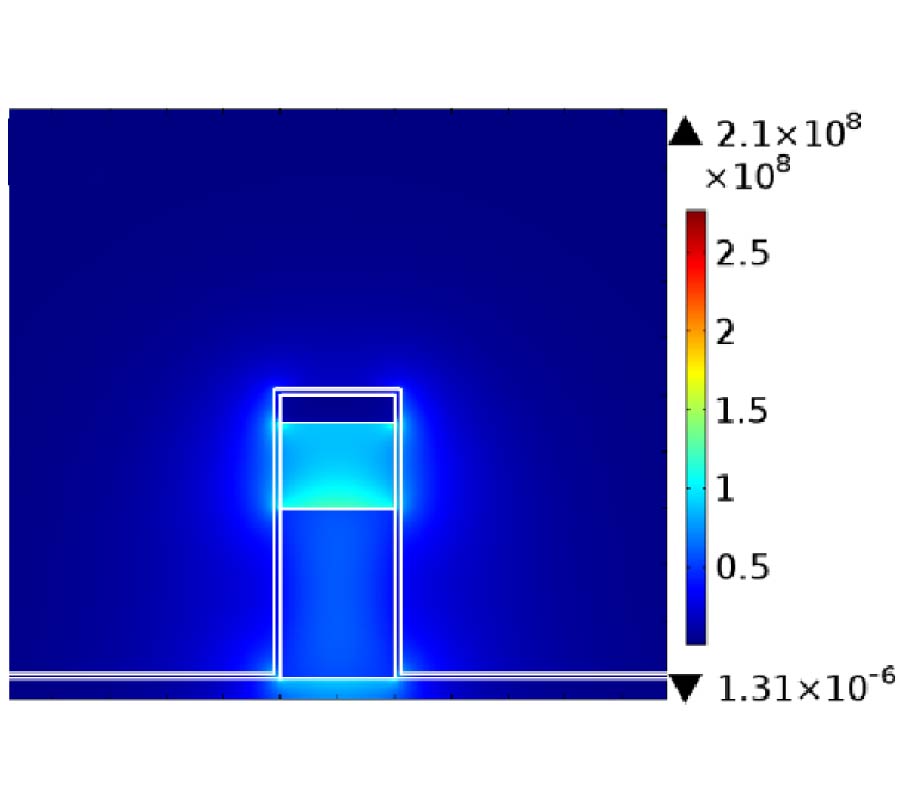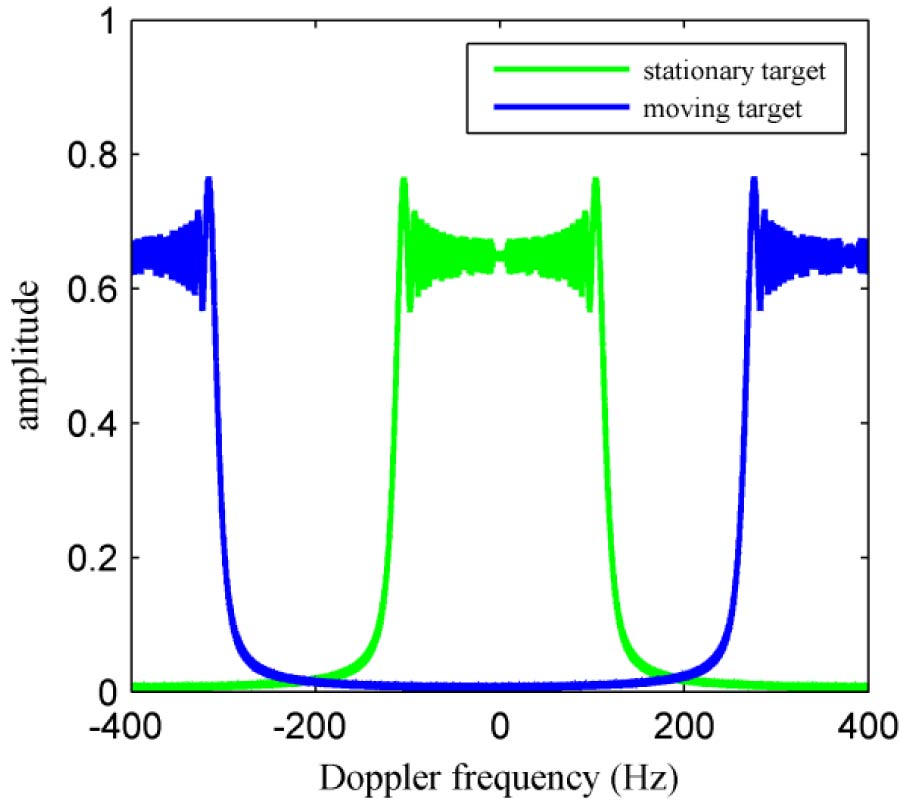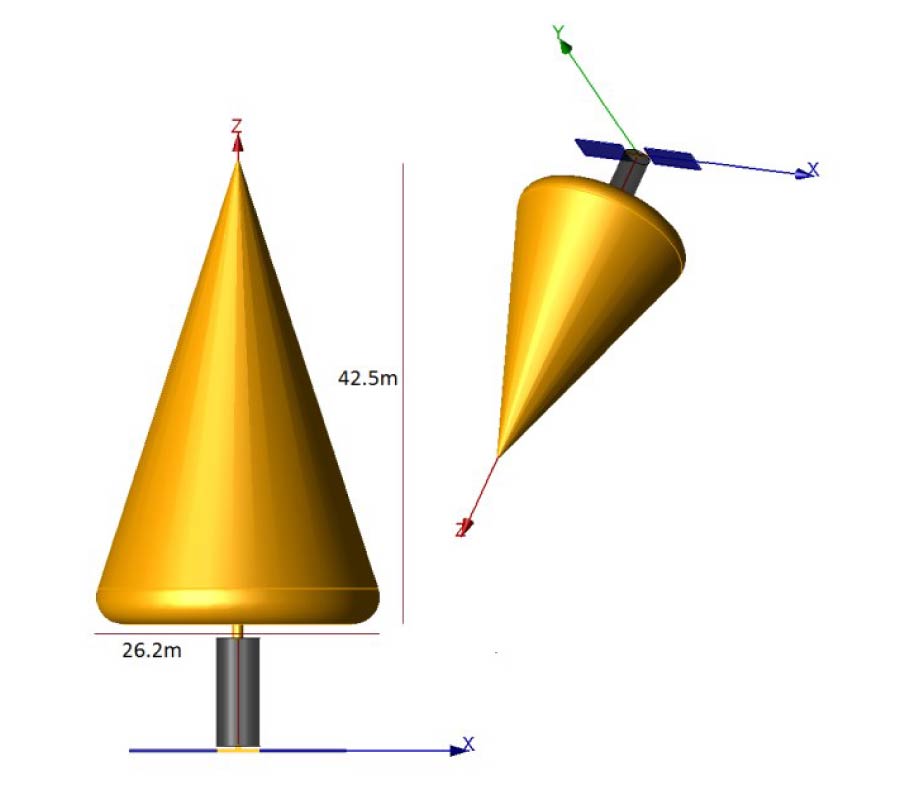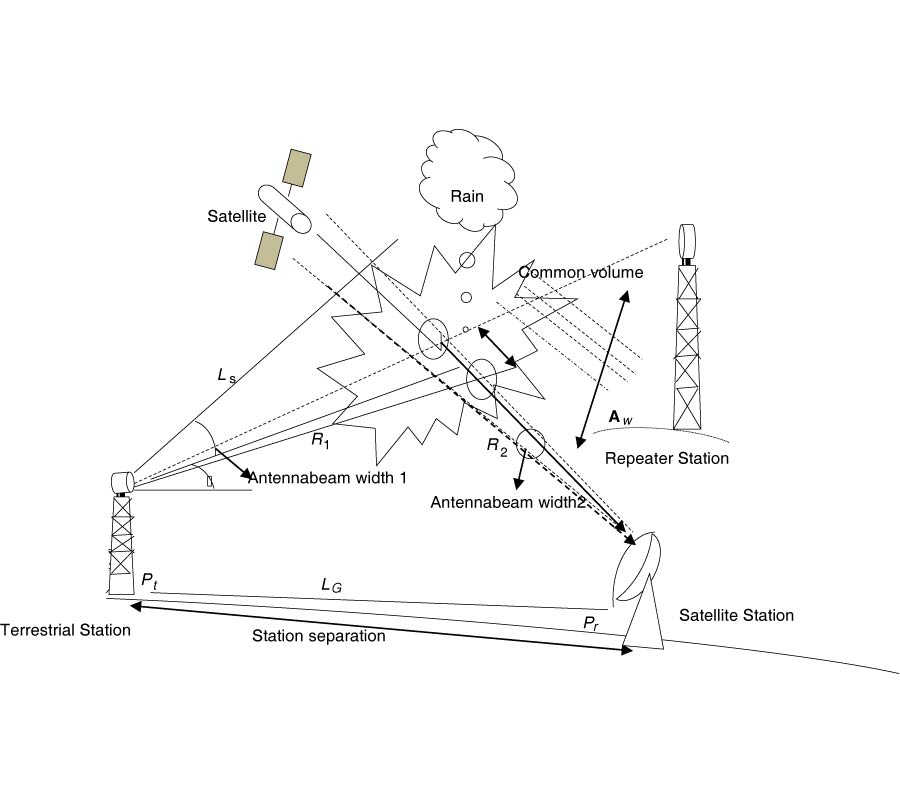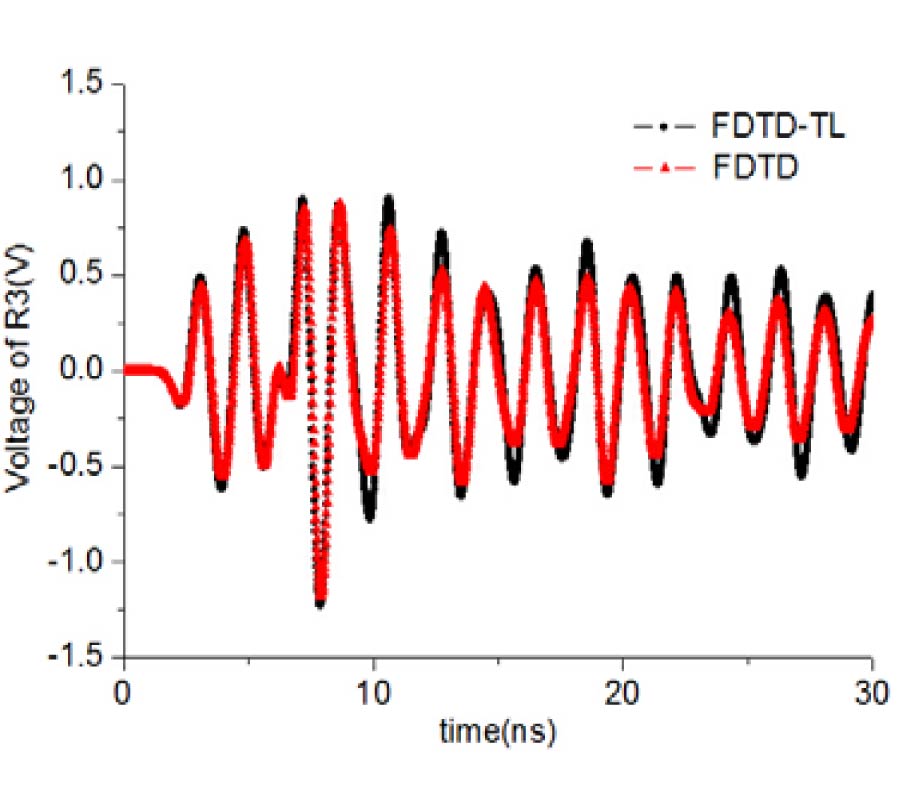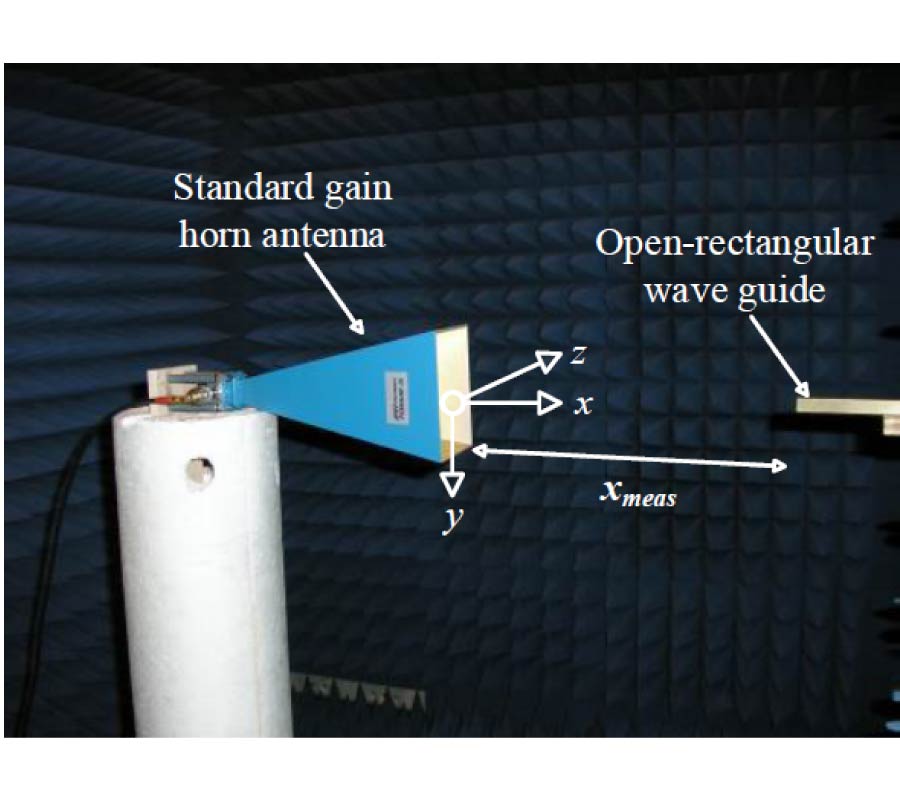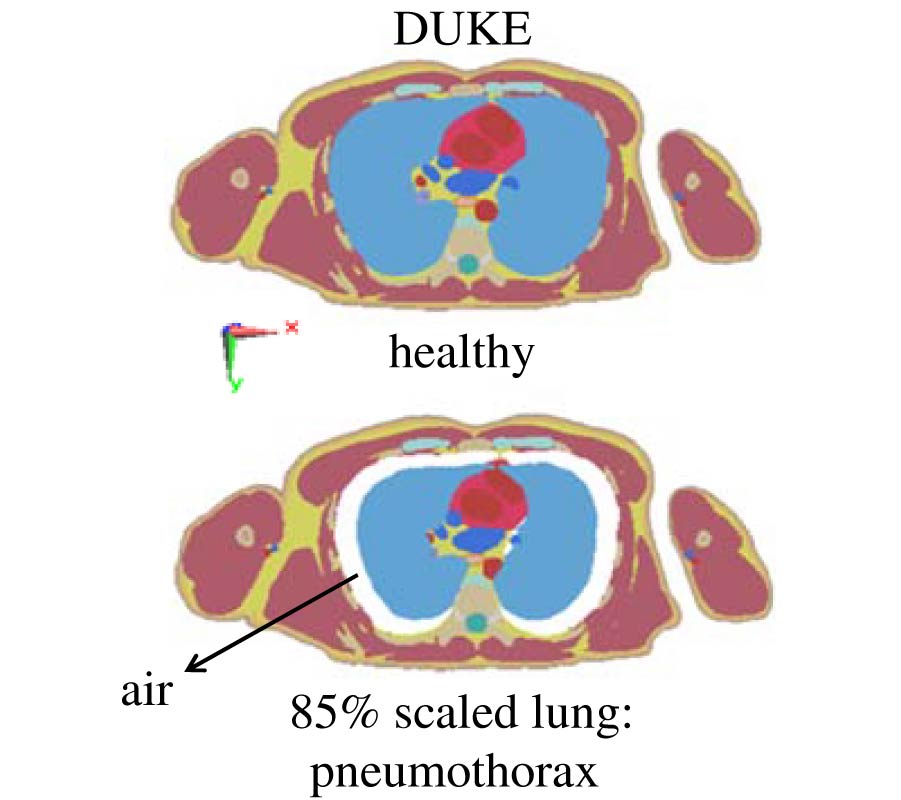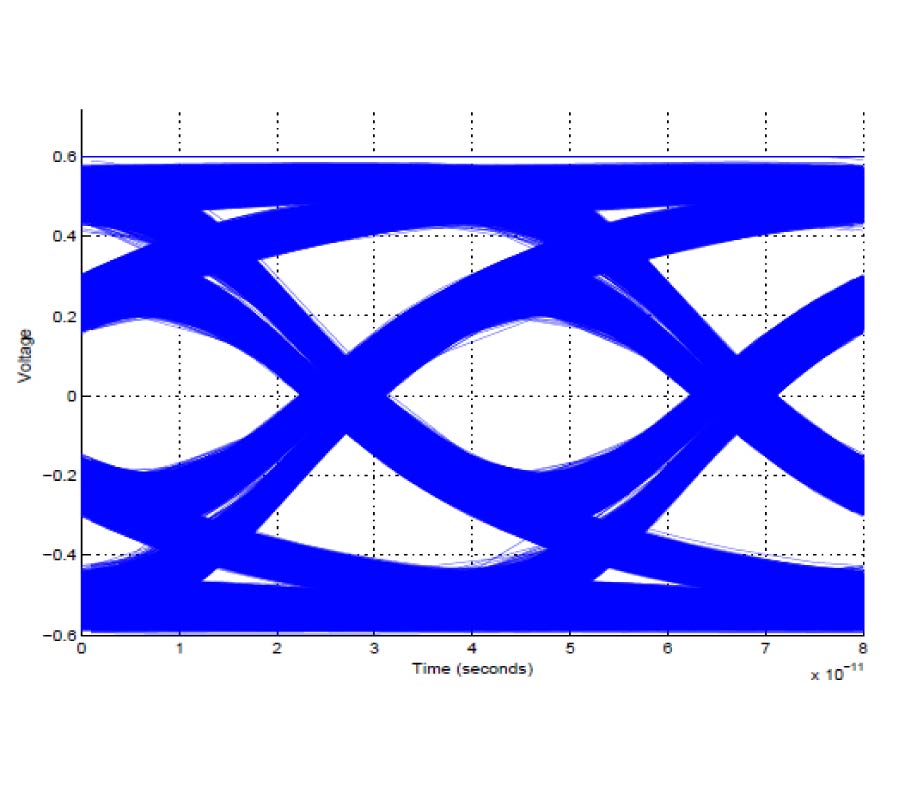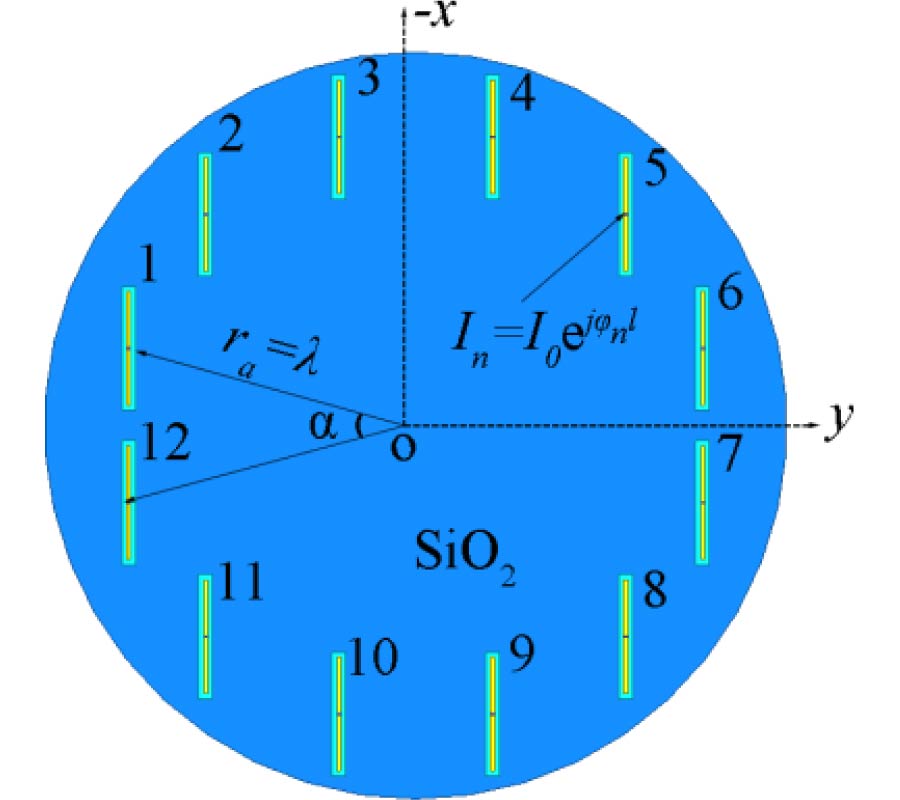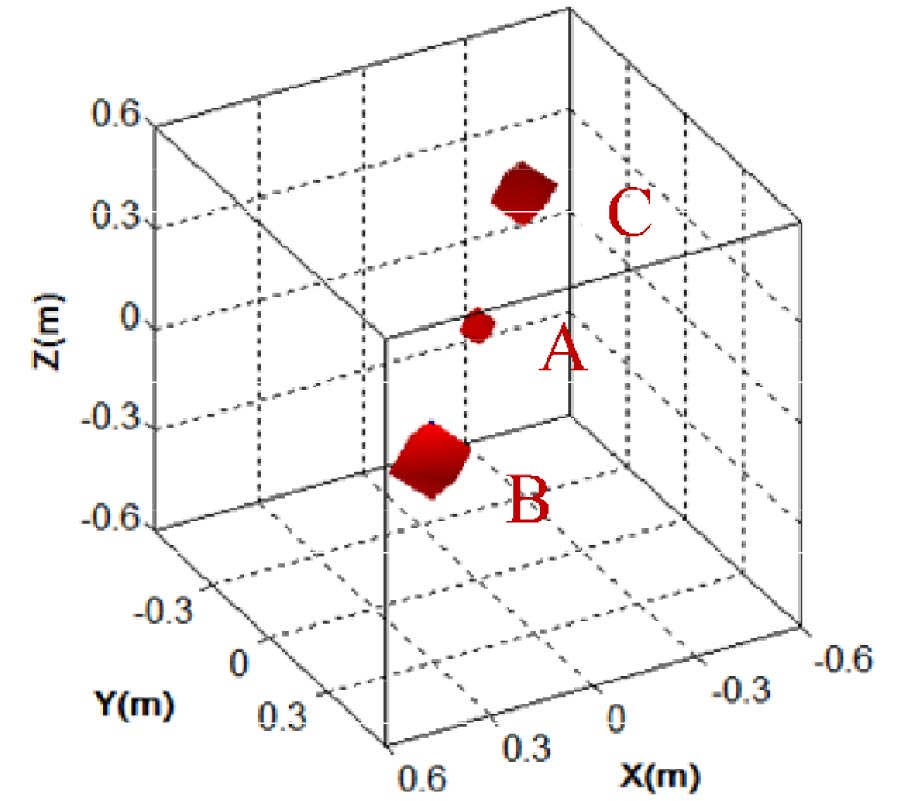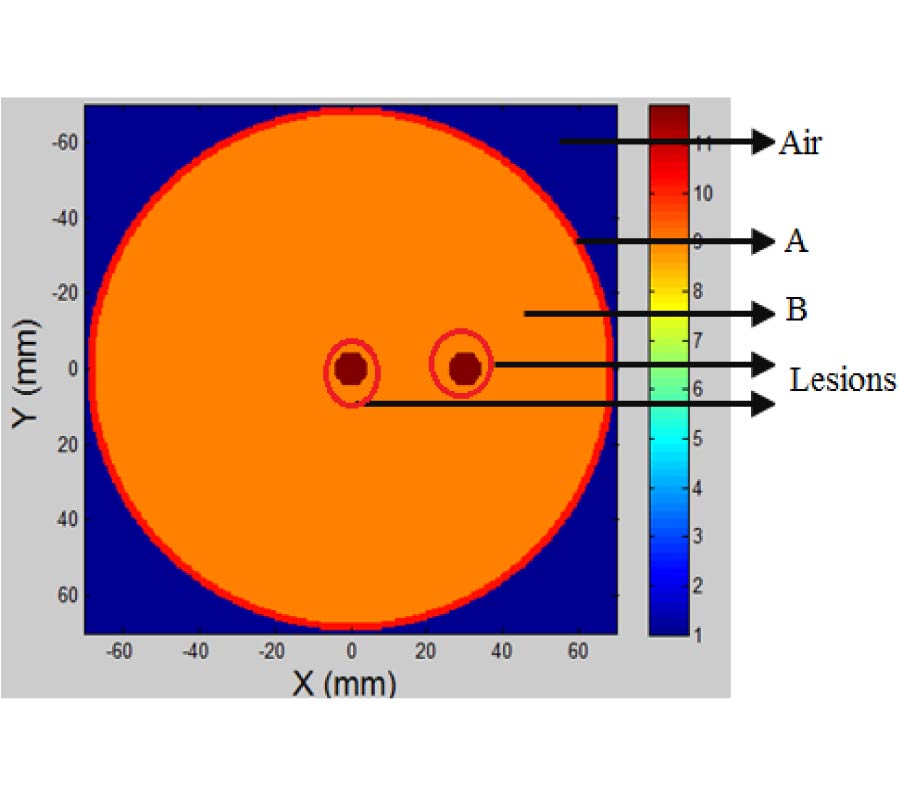Design of a Low Loss Silicon Based Hybrid Dielectric-Loaded Plasmonic Waveguide and a Compact High Performance Optical Resonator
Cheng-Hung Hsieh,
Yu-Ting Chu,
Min-Jyun Huang,
Chien-Ming Kuo and
Keh-Chyang Leou
Here we present the design of a low loss top metal silicon (Si) hybrid dielectric-loaded plasmonic waveguide (TM-SiHDLW) and a compact, high performance optical resonator by numerical simulation based on finite element method. The waveguide adopted a thick (200 nm) top metal stripe structure to yield optimal performance due to reduced Ohmic loss in conductor around the stripe edge/corner. Moreover, a relatively thick (150 nm) dielectric spacer between the Si ridge and the metal stripe was employed to achieve both long propagation length and good field confinement. The effect of a thin (10 nm) silicon nitride (SiNx) layer covering the waveguide which was added for minimizing uncertainties on optical properties of SiHDLW resulting from high density of dangling bonds on Si surface was also investigated. Simulation results show that there is no significant degradation on the performance of the TM-SiHDLW. For the proposed plasmonic waveguide, a propagation length of 0.35 mm and a mode area around 0.029 μm2 were demonstrated. The TM-SiHDLW waveguide was then used as the basis for anoptical resonator, which was designed to operate at the fundamental TE011 mode for yielding high quality factor at a relatively small footprint size. A metal enclosure was also adopted to reduce the radiation loss, and a high quality factor of ~1900 was obtained, more than double the results in other disk or ring resonators of comparable size. Compared to the resonatorsbased on a rounded top metal Si hybrid dielectric-loaded plasmonic waveguide (RTM-SiHDLW) which has a much longer propagation length than the TM-SiHDLW, as reported in our previous work, the performance is essentially the same. This is simply because, for the resonators, the radiation loss is the dominate loss mechanism and the dissipation in the waveguide structure itself, thus, contribute little to the final quality factor of the plasmonic resonators.
